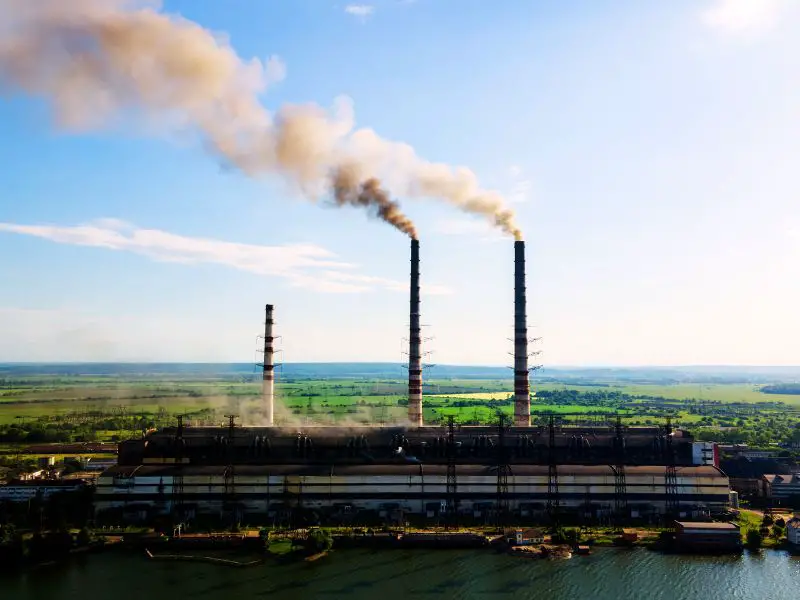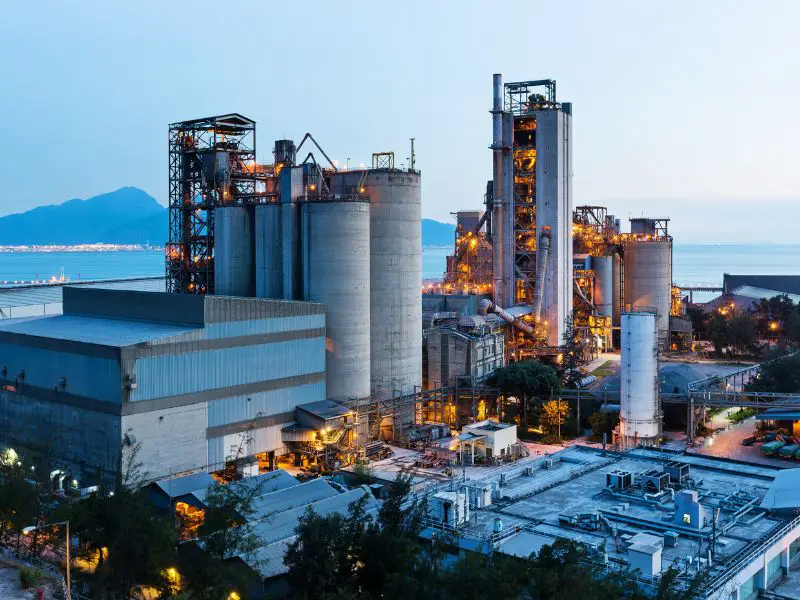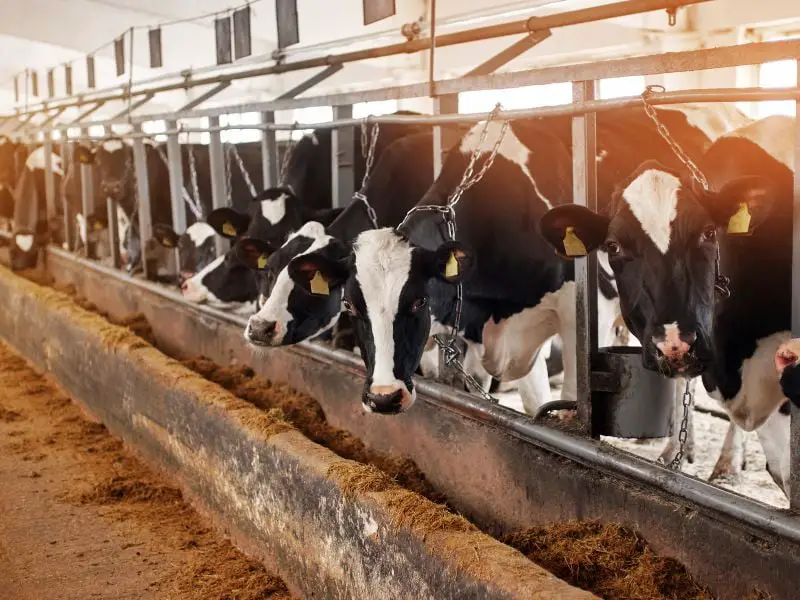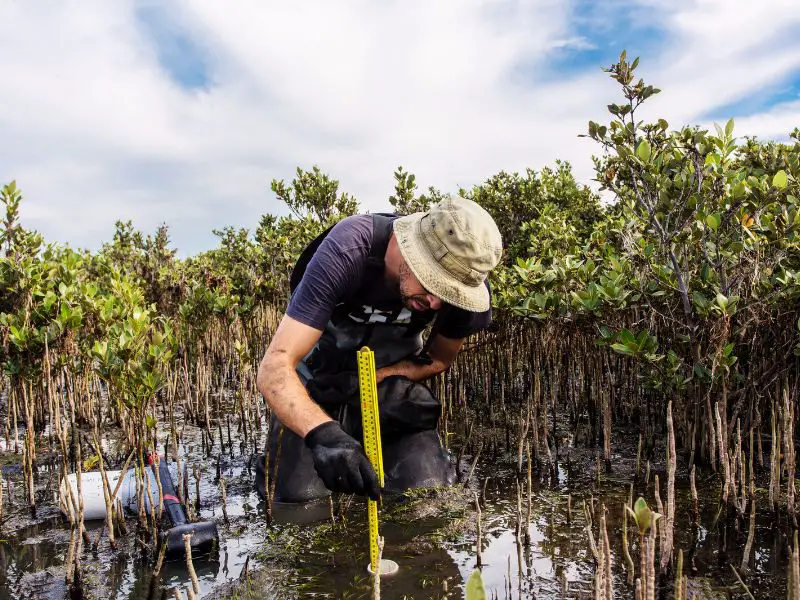Climate change is a pressing issue that I’ve become increasingly concerned about, especially as the evidence of human influence becomes more apparent. The discovery of the human fingerprint on climate change demonstrates our impact on extreme weather events, such as heatwaves, droughts, and floods, across the globe (The Guardian).
In this article, we will delve into the significance of the human fingerprint on climate change, discuss recent scientific findings, and explore ways to mitigate our impact on the planet.
The Greenhouse Effect
The greenhouse effect is a natural process that warms the Earth’s surface. It is vital for life, as it helps regulate temperatures and allows us to survive. Gases in the atmosphere, like carbon dioxide, water vapor, and methane, trap heat and prevent it from escaping into space. As these gases increase, more heat is trapped, causing the Earth’s surface temperature to rise.
Natural vs. Human Contribution
While the greenhouse effect is a natural occurrence, human activities have significantly impacted the balance of greenhouse gases in our atmosphere. The burning of fossil fuels, deforestation, and various industrial processes have increased the concentrations of greenhouse gases, intensifying the warming effect. This is often referred to as the human fingerprint on climate change.
Let me give you some examples. Carbon dioxide (CO2) emissions from burning coal, oil, and gas for electricity, heat, and transportation have skyrocketed since the Industrial Revolution. These activities release vast amounts of CO2 into the atmosphere, increasing global temperatures (National Geographic Society).
Apart from CO2, methane (CH4) emissions from activities such as agriculture, landfills, and the production or use of fossil fuels, have also contributed to the human fingerprint on climate change. Methane is an even more dominant greenhouse gas than CO2, making its impact on our planet’s climate more significant (Nature Climate Change).
Attributing specific weather events, temperature increases, or precipitation changes to human activity can be challenging. However, studies have identified our impact through the analysis of climate change fingerprints, which considers various indicators, observable patterns, and long-term trends (The Nobel Prize in Physics 2021 – Popular science background).
Human Fingerprint on Climate Change
As someone closely following climate change issues, I’d like to share my knowledge about how human activities influence our climate.
1. Fossil Fuel Combustion
Burning fossil fuels, such as coal, oil, and natural gas, is a significant contributor to climate change. This process releases heat-trapping gases like carbon dioxide into the atmosphere, increasing their concentration. These levels have risen from pre-industrial values of 280 parts per million to over 410 parts per million today, primarily due to our reliance on these fuels for energy production and transportation needs National Academies.

Discover why coal is a dead-end for energy in this guide. Embrace cleaner, greener alternatives and join the movement towards a sustainable tomorrow.
2. Deforestation
Forests are critical carbon sinks, absorbing and storing huge amounts of carbon dioxide from the atmosphere. Deforestation is the process of removing these trees at a large scale, often for agricultural or industrial purposes. This not only reduces the ability of forests to absorb carbon dioxide but also results in the release of stored carbon back into the atmosphere, further exacerbating climate change NASA.

3. Industrial Processes
Many industrial activities, such as cement production, chemical manufacturing, and mining, also contribute to climate change. These processes often release greenhouse gases like methane, nitrous oxide, and fluorinated gases, which have a much greater warming potential than carbon dioxide ConcernUSA.

4. Agriculture
In addition to contributing to deforestation, agriculture directly impacts climate change. Livestock farming, particularly cattle, is a significant source of methane emissions. Agriculture also produces nitrous oxide emissions from fertilizers and manure management. Combining these factors can intensify climate change and its effects on our planet ConcernUSA.

Scientific Evidence of Human Influence
As someone closely examining climate change, I’ve found several scientific pieces of evidence pointing to human influence on this pressing issue. I’ll share my observations on temperature records, ocean acidification, extreme weather events, and glacial and ice cap melting.
Temperature Records
Over the years, I’ve noticed a stark trend in global temperature records that point towards human-induced climate change. Since the Industrial Revolution, we’ve seen a significant increase in temperature due to the burning of fossil fuels and other human activities, resulting in unprecedented greenhouse gas emissions. According to Nature Climate Change, anthropogenic fingerprints have been detected in long-term climate trends; however, distinguishing human-induced change from natural variability remains challenging.
Ocean Acidification
Another aspect I’m concerned about is ocean acidification. As humans continue to emit vast amounts of carbon dioxide into the atmosphere, the ocean absorbs about 30% of these emissions. This absorption causes a shift in oceanic pH levels, resulting in acidification. Acidification negatively impacts marine life, especially species with calcium carbonate shells, such as corals and shellfish.
Extreme Weather Events
I’ve also delved into extreme weather events linked to human-induced climate change during my research. The Caltech Science Exchange lists several observable evidence of rapid climate change, including extreme weather events that we’ve been experiencing with greater frequency and intensity. These events include hurricanes, heatwaves, floods, and droughts, exacerbated by our influence on the global climate system.
Glacial and Ice Cap Melting
Lastly, one of the most visible effects of human-induced climate change is melting glaciers and ice caps. In recent decades, the decline in ice sheets, retreating glaciers, and shrinking Arctic sea ice have been alarmingly fast. Such changes disrupt ecosystems and contribute to rising sea levels, threatening coastal communities worldwide.
While I’ve attempted to cover this topic with both brevity and depth, it is crucial to acknowledge that human influence on climate change is an ongoing research subject, and our understanding is still developing. Nevertheless, the evidence demonstrates the urgent need to take collective action to mitigate our impact on the Earth’s climate.
Climate Model Projections
Here are the subtleties of climate models and how we can simulate future scenarios to better grasp our impact on the climate.
Understanding Climate Models
Climate models are complex mathematical representations of the Earth’s atmosphere, oceans, and land surface. These models are essential for studying how human activities like greenhouse gas emissions influence the climate system (Global Change). Using climate models, scientists can explore various “what if” scenarios to forecast future climate changes and pinpoint human-induced alterations.
Simulating Future Scenarios
Scientists use different sets of initial conditions and input data to simulate future scenarios, such as greenhouse gas concentrations, land-use changes, and other human-made factors. These simulations enable diverse perspectives on how climate change may evolve, depending on our collective actions or inaction (Global Change).
By analyzing these scenarios, researchers can identify the human fingerprint in global weather patterns, as observed in increasing temperatures and more extreme weather events (Nature Climate Change). The UK Met Office’s findings have confirmed that human influence on climate is unmistakable and will become increasingly evident in the coming decades (The Guardian).
Mitigation and Adaptation Strategies
Climate change is a complex issue that requires a multi-faceted approach. As an individual, it’s crucial to understand the various strategies we can adopt to mitigate and adapt to the impacts of climate change. This section will discuss four key sub-topics: Renewable Energy, Carbon Capture and Storage, Energy Efficiency, and Ecosystem Restoration.
1. Renewable Energy
One of the most key measures to combat climate change is transitioning to renewable energy sources such as solar, wind, and hydropower. These sources produce little to no greenhouse gas emissions and are vital in reducing our overall carbon footprint. I can appreciate how the widespread adoption of renewables is essential for achieving global climate goals, such as those defined in the Paris Agreement.

Carbon Capture and Storage
Another important strategy in tackling climate change involves Carbon Capture and Storage (CCS). This approach consists in capturing carbon dioxide emissions from industrial processes and storing them underground, effectively preventing them from entering the atmosphere. This technology is particularly fascinating, as it has the potential to reduce CO2 emissions from power plants and other large-scale operations.
Energy Efficiency
Improving energy efficiency across various sectors is a simple yet effective means of mitigating climate change. This can involve adopting energy-saving technologies, incorporating better building insulation, and promoting energy-efficient appliances. I’m a firm advocate of employing such measures, as they reduce greenhouse gas emissions and yield cost savings for consumers and businesses alike.

Ecosystem Restoration
Lastly, I want to touch on the importance of ecosystem restoration in addressing climate change. Healthy ecosystems help regulate our planet’s climate through carbon sequestration and water cycling. Therefore, efforts to protect and restore critical habitats like forests, wetlands, and peatlands can significantly impact climate change mitigation and adaptation. I fully support investing in nature-based solutions, as they provide numerous environmental and social benefits in addition to their climate-positive impact.

Conclusion
As I delve into the world of climate change, I can’t help but be struck by the unmistakable evidence of our human impact. From scorching temperatures to devastating weather events, it’s clear that our actions have left a lasting mark on the planet.
As a researcher, I’m constantly in awe of the complexities of this subject, but one thing is certain – the long-term trends show a strong correlation between human activities and climate change. It’s a hard pill to swallow, but it’s true – our footprint is worldwide, and it’s up to us to take responsibility for our past actions.
But, as an optimist and a problem-solver, I see this as an opportunity. An opportunity to come together as a species and find solutions to mitigate the effects of climate change. It’s not just about acknowledging the human fingerprint on the planet; it’s about taking action to create a a stronger future for generations to come.
So, let’s get to work! It’s time to show the world what we’re made of and prove we have the adaptability and resilience to face the challenges ahead.

